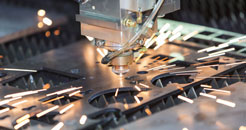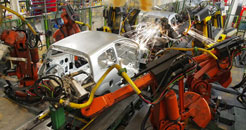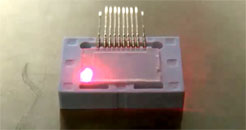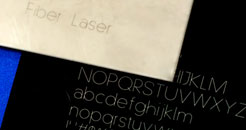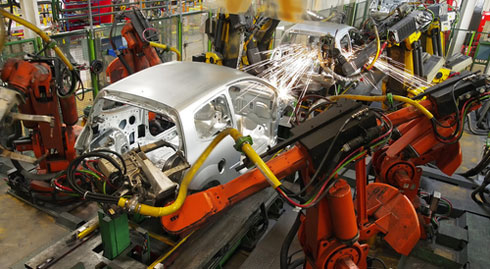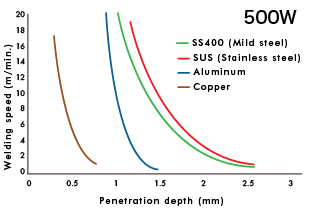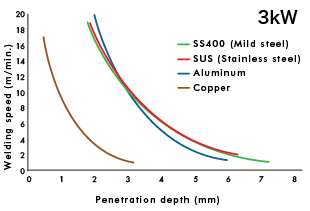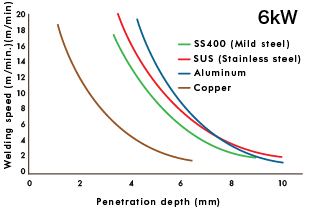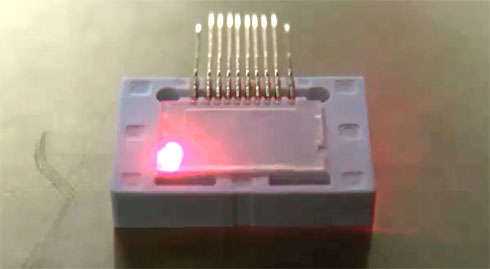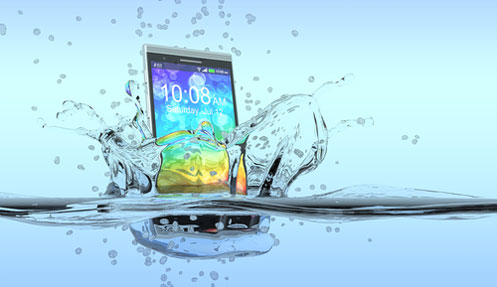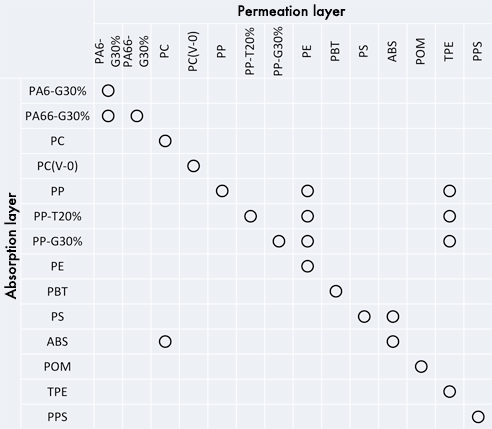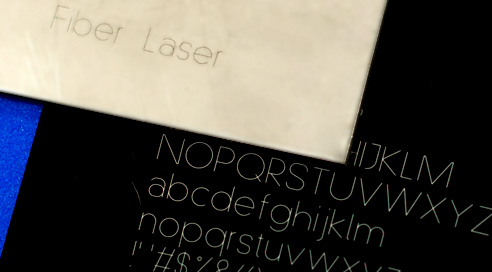Movie - Fiber laser processing -
1. Fiber laser cutting
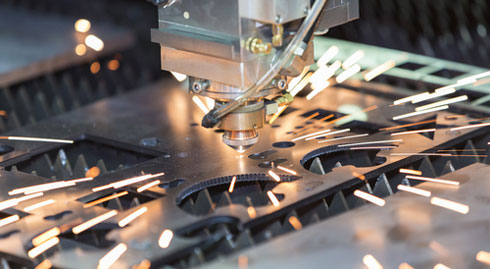
High energy density enables precise processing of thick metal plates
Fiber lasers are utilized for a broad range of material processing from metal to polymer. Spot size narrowed down by focusing high quality beam brings more energy density to faster high-precision cutting. High power kilowatt-level fiber lasers grow in the plate thickness for practically feasible cutting thus responding to broader processing needs.


Cutting speed and sheet thickness (Output power: 500 W - 6 kW)
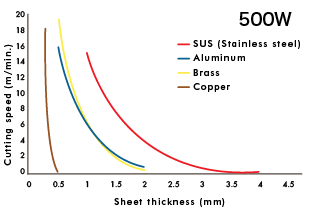
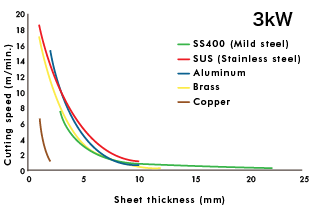
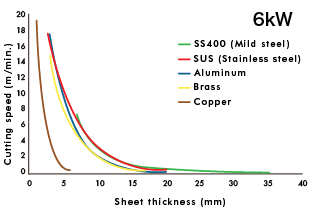
Output power |
SS400 (Mild steel) |
SUS (Stainless steel) |
Aluminum |
Brass |
Copper |
500 W |
- |
4 mm |
2 mm |
2 mm |
0.5 mm |
3 kW |
22 mm |
10 mm |
10 mm |
12 mm |
2 mm |
6 kW |
35 mm |
20 mm |
20 mm |
17 mm |
6 mm |
*Each number in the table shows possible maximum thickness in cutting with Fujikura fiber laser oscillator.
*No error of reflected light is observed in processing high-reflective materials.
*The data of the table do not provide any guarantees.
*Performance may improve depending upon laser oscillating conditions or optimization of peripheral optical equipments/components.


